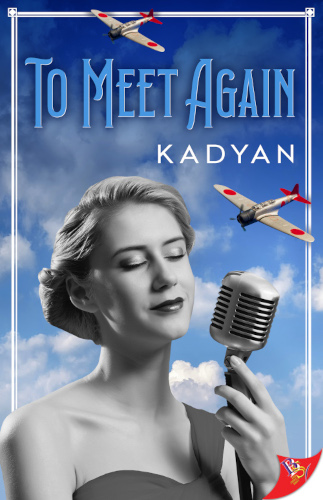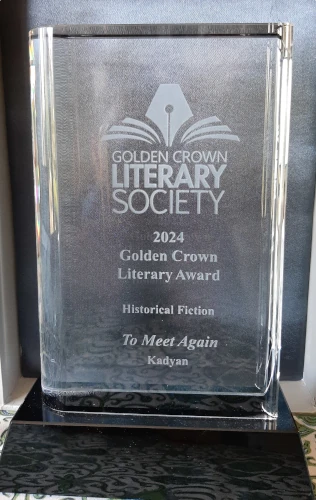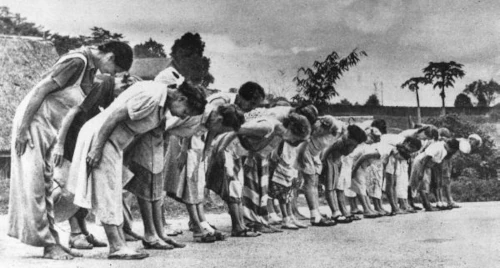To meet again

London, 1938 : Evelyn has only one dream : to become a singer. Fleeing an arranged marriage, she leaves for Singapore in pursuit of a future brighter than the conventions of colonial society could offer her.
Evelyn performs in a Chinatown cabaret to survive, where she meets Joan, a young Australian doctor and avid fan. Little by little, Evelyn and Joan form a close bond that leads to a love stronger than either has ever known.
But history has other plans : the Japanese army invades Singapore, and Evelyn must flee while Joan refuses to leave her patients. From prison camps to the deep jungle, through encounters and tragedies, Evelyn and Joan struggle to survive and to find each other again.
Buy the book on Bold Stroke Book
Buy on Amazon

I am pleased to announce that this novel has won in the historical fiction at GCLS 2024.

Here is the video
The author’s point of view
As its title suggests, To meet again is first and foremost a love story between two kindred spirits who meet in Singapore, shortly before the outbreak of World War II.
The two heroines go through a very trouble period, marked by the Japanese occupation of Southeast Asia. They meet, separate and meet again.
A novel written in the first person.
To meet again tells the story of Evelyn, a British singer who moves to Singapore to escape the marriage her parents are planning for her. Her life is nothing but song and show, music and stage lights. To follow Evelyn’s feelings, I chose to write this story in the first person, from the sole point of view of my heroine, who left her well-ordered life in England to discover South-East Asia and open herself up to new feelings.
This is a very interesting choice for exploring and highlighting Evelyn’s emotions and her interactions with the other characters, especially her feelings for Joan. On the other hand, the interiority of the other characters remains more mysterious, for both Evelyn and the reader. The challenge, then, is to to suggest, through Evelyn’s reactions and remarks the personalities of the other protagonists, especially Joan. Obviously, the point of view chosen focuses the narrative on Evelyn’s priorities, i.e. her passionate love for Joan, which outweighs everything else in her life, including her maternal instincts.
Why Singapore ?
Just before the Second World War, when the novel begins, Singapore is the pearls of the British colonial empire, backed by the Malay Peninsula, also under British rule. It is a new city, with diverse communities : British colonizers, whether administrators, planters or merchants, and an ever-growing Chinese population, rich merchants and exploited workers, Indians, most of whom came in the colonizer’s luggage, Malays, native inhabitants... In short, a multicultural city whose liveliness will amaze Evelyn when she disembarks after several weeks at sea.
The shock was only intensified when the Japanese army seized this symbol of British power in February 1942, almost without a fight. The Japanese occupation was very hard on the local population, especially the Chinese, and the military prisoners.

Camps for women and children on Sumatra
The camps of Muntok, Palembang and Belalau, in which Evelyn is prisoner, did exist. As described in the novel, they housed European, mainly British, women and children, from Singapore and Malaysia, and Dutch from Sumatra. I’ve tried to respect the chronology of the existence of the various camps and their organization. A dedicated website brings together all the information available on these places.
Living conditions in the civilian prison camps were very harsh, although they appear to have been somewhat less cruel than in the military prison camps. However, in both places, mortality rates were very high.
The civilian captives imprisoned on Sumatra suffered for three years and eight months. Over five hundred of them died.

Songs
As Evelyn is a singer and loves music hall and musical movies, I decided to let her choose some of the songs to close each chapter.
Thirty-four songs are mentionned, which I tried to select according to the content of each chapter.
It goes from We’re in The Money, sung by Ginger Rogers in 1931, to Love Me Tender, sung by Elvis Presley in 1956.
This book is the translation of Rhapsodies pour un amour.